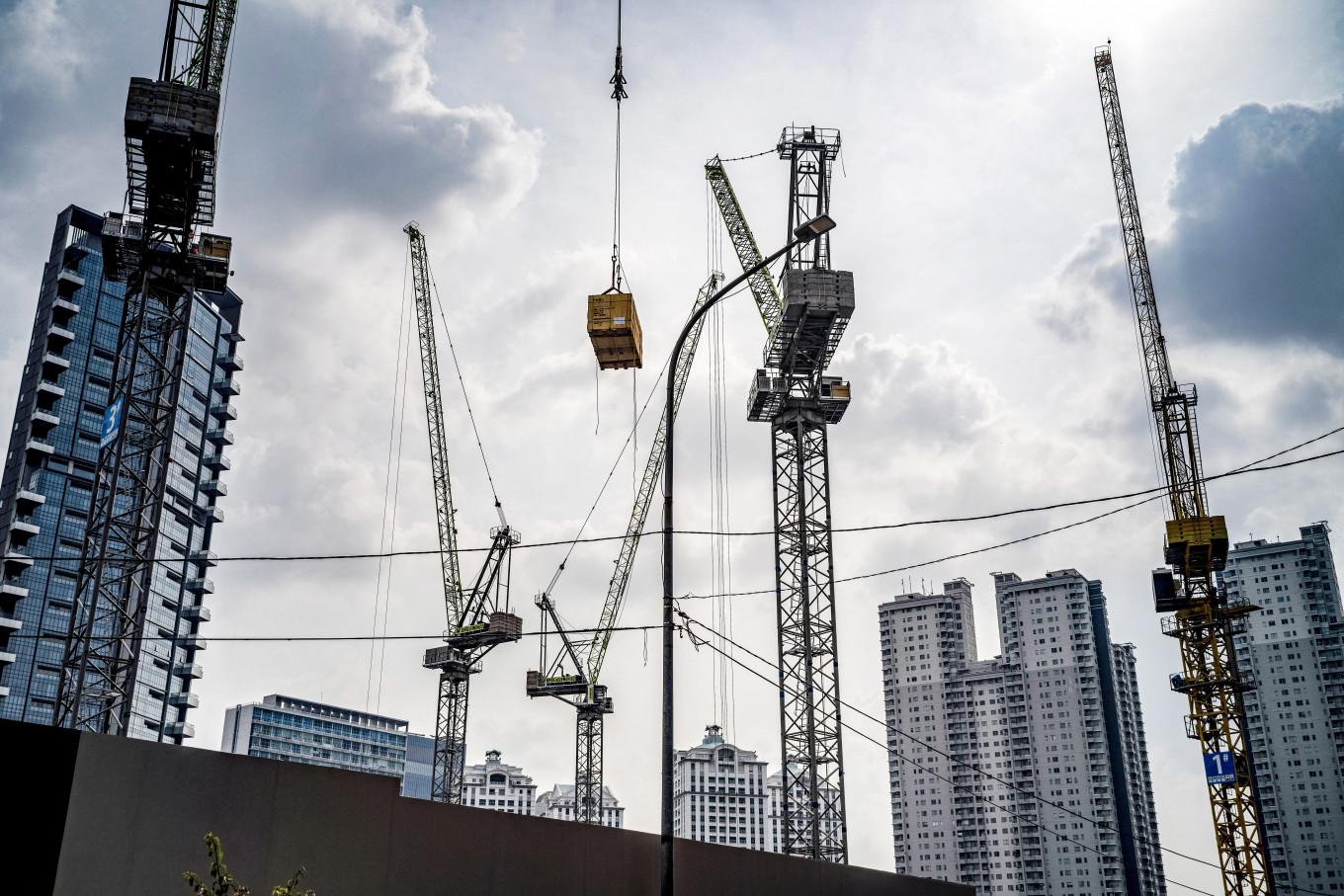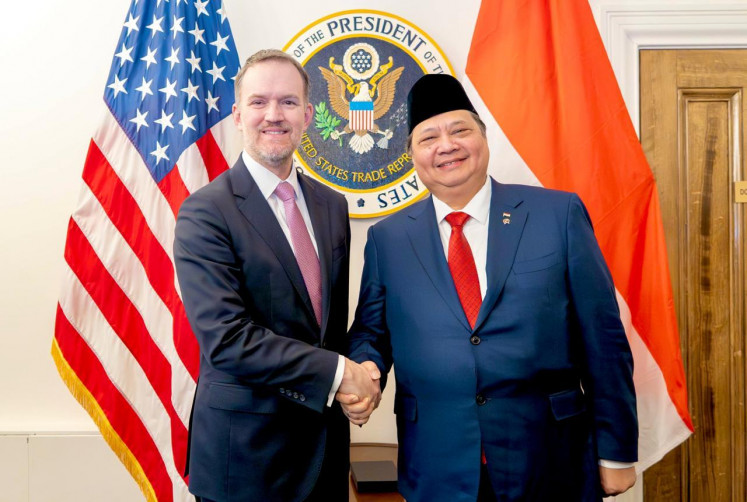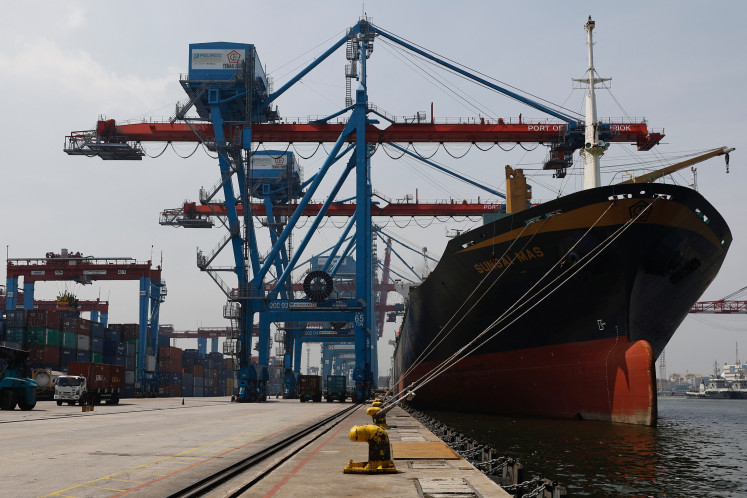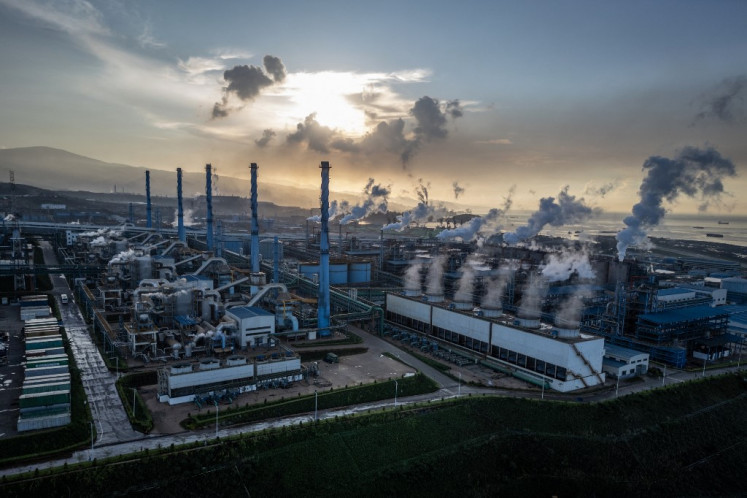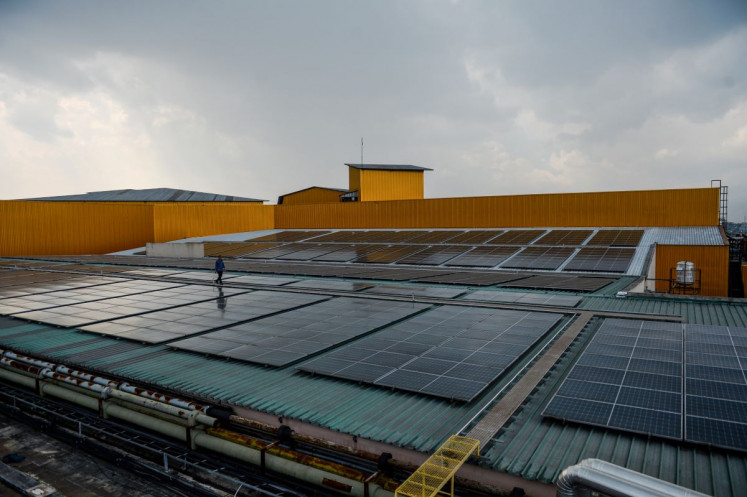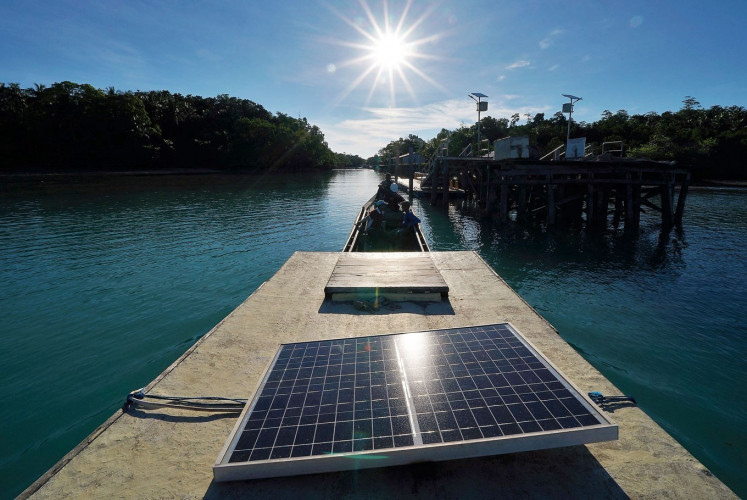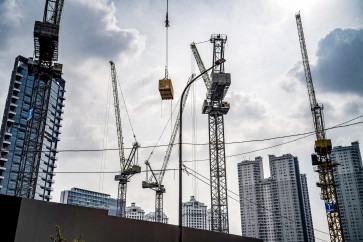Popular Reads
Top Results
Can't find what you're looking for?
View all search resultsPopular Reads
Top Results
Can't find what you're looking for?
View all search resultsGrowth outlook 2025: How can Indonesia accelerate beyond 5 percent?
Investment and capital inflows are essential for financing growth. The key sources of financing for the economy include fiscal spending, investment and export proceeds.
Change text size
Gift Premium Articles
to Anyone
A
s we approach the end of the turbulent year of 2024, the global economy begins to recover from the aftermath of the COVID-19 pandemic, inflationary pressure and various geopolitical conflicts. Unfortunately, next year we may still face an equally challenging global backdrop that could disrupt that recovery.
Among the most pressing issues is the outcome of the 2024 United States presidential election, which saw Donald Trump re-elected, raising concerns about a renewed trade war between the US, China and its other largest trading partners. This uncertainty adds another layer of complexity to the global economic landscape and poses potential risks to emerging economies like Indonesia.
Trump has vowed to impose additional 10 percent tariffs on China and 25 percent on Mexico and Canada. The revival of trade tensions could have significant implications for Indonesia. Trade wars often lead to disruptions in global supply chains, fluctuations in commodity prices, reduced global demand and market volatility, all of which could negatively affect Indonesia's economy.
Volatility is a major concern. Impacts can already be seen in the depreciation of emerging market currencies, limiting the central banks’ room to lower interest rates. Trade tensions could trigger rising protectionism policies globally, which could also hinder Indonesia's access to key markets, affecting its export prospects and hindering the nation's efforts to achieve growth above 5 percent.
Growth prospects amid challenges
Despite these global uncertainties, Indonesia has set an ambitious economic growth target of 8 percent by 2029, a level not seen in the past two decades. Achieving this goal is vital for Indonesia to escape the middle-income trap and increase the living standards of the population. However, the last decade has seen growth rates stagnate at around 5 percent, well below its potential. The central question now is: How can Indonesia accelerate growth beyond 5 percent?
One critical factor in answering this question lies in addressing the country’s external balance position, which is reflected in the current account (CA) balance. Historically, Indonesia has struggled to achieve growth above 5 percent without widening its CA deficit. This imbalance occurs when economic activities increase and the country imports more goods and services than it exports, requiring significant financing to bridge the gap. If this financing is not sufficiently provided by capital inflows, the result can be a depreciation of the rupiah, which would destabilize the economy further.

